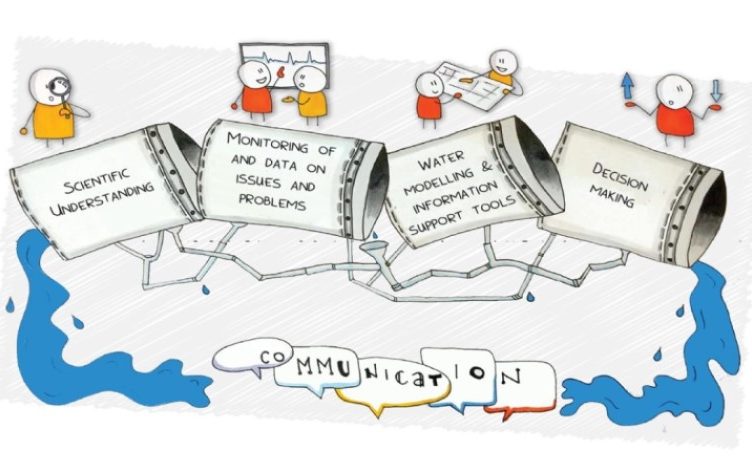
05/12/2024
Event Summary: Overview of water quality modelling projects from the Queensland Water Modelling Network with Callym Dunleavy
Read more
Where and what should we invest in to get the best water quality outcomes for the reef?

The Queensland Water Modelling Network, the Office of the Great Barrier Reef and Truii have created a new, web-based application which combines QDNRME paddock modelling results, QDNRME catchment modelling results, QDAF land management practice adoption data and QDAF economics inputs.
Annually $24M-$40M is invested in land management projects in GBR catchments to improve the quality of water entering the GBR lagoon. This sounds like a lot, but when you consider that this is spread across a contributing catchment area about twice the size of Victoria, the investment is spread very thinly.
To support investment planning, Reefonomics, either:
Reefonomics provides a novel interface to explore the scenario results by:
A critical feature of Reefonomics is the ability to define and review the collection of on-ground actions:

Figure 2: Action setting options

Figure 3: Setting the action confidence
Reefonomics uses a marginal cost abatement curve (MCAC) approach and allows a priori combination of multiple constituents into the MCAC prioritisation (as opposed to a pareto front approach). Results are reported at the sub-catchment scale (46), based on calculations conducted at the micro-catchment scale (5,600 planning units).
The base condition of the current constituent loads is from the eWater Source catchment models developed by the QDNRME and QDES Paddock to Reef catchment modelling team. The definition of land management interventions and distribution of current land management practices is derived from the management practice adoption data generated by the QDAF Paddock to Reef team for reef reporting.
The relative efficacy of alternative actions is based on millions of APSIM and HowLeaky simulations of alternative configurations of land management, soil and climate conducted by the Paddock to Reef Paddock modelling team.
The cost model uses a donor capital (CapEx) and Donor operational (OpEx) cost approach. The QDAF Paddock to Reef economics team are in the process of collating this data.
After a big year of data wrangling, software design and development, Truii is about to enter the testing phase of Reefonomics.